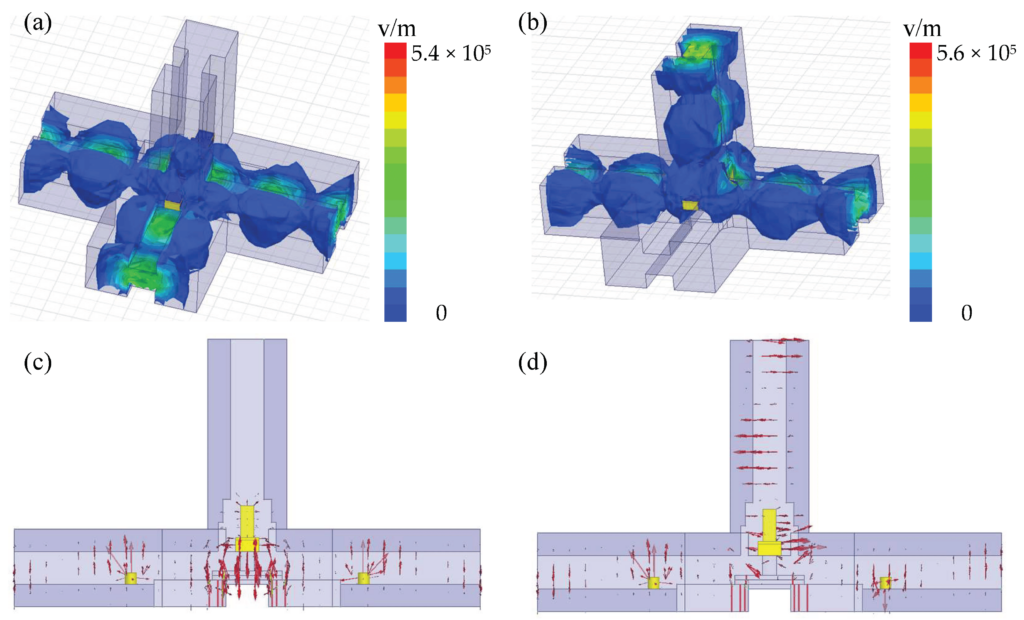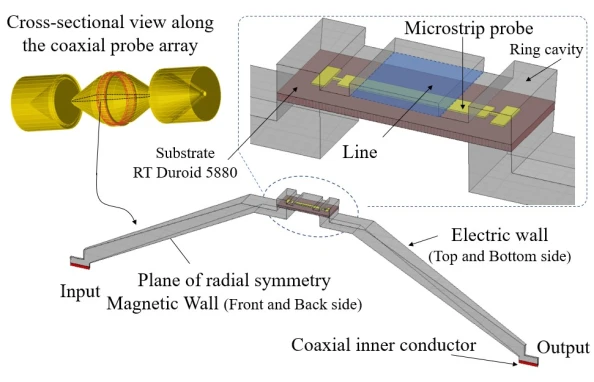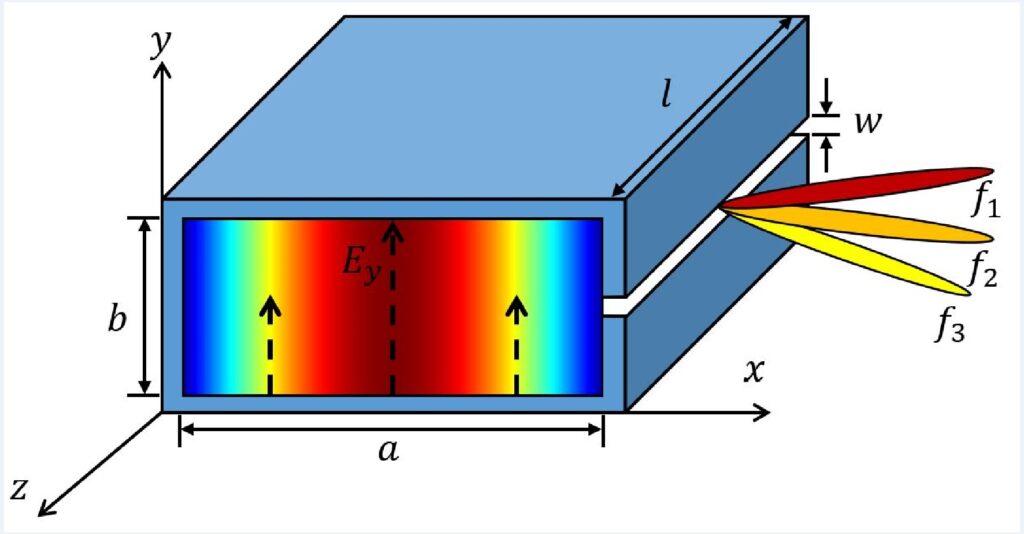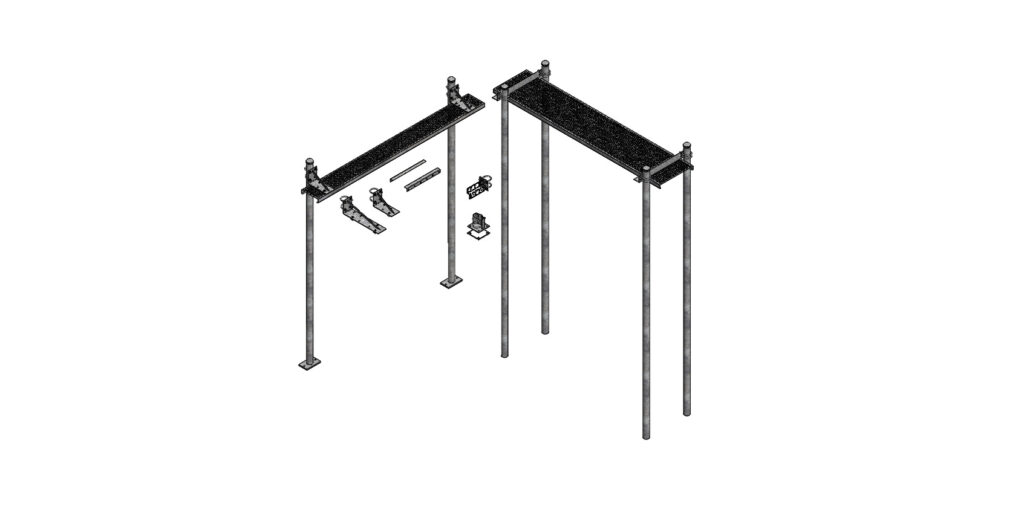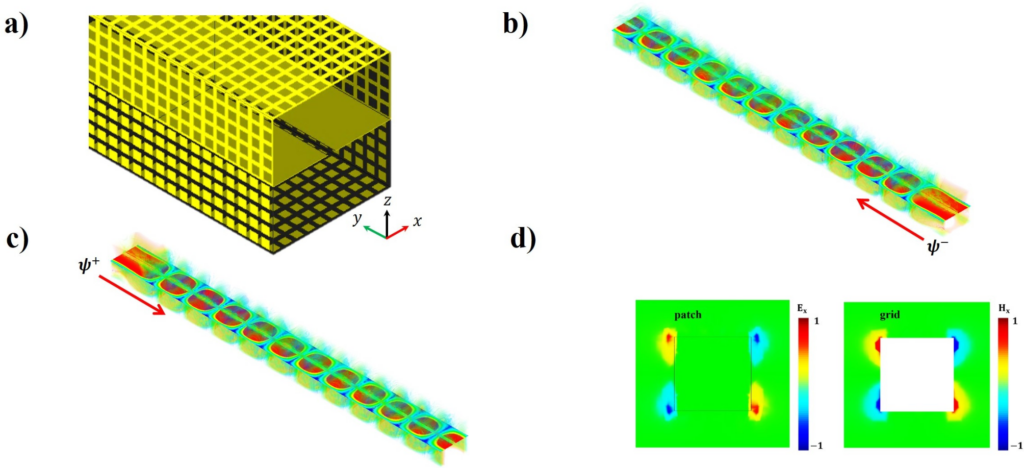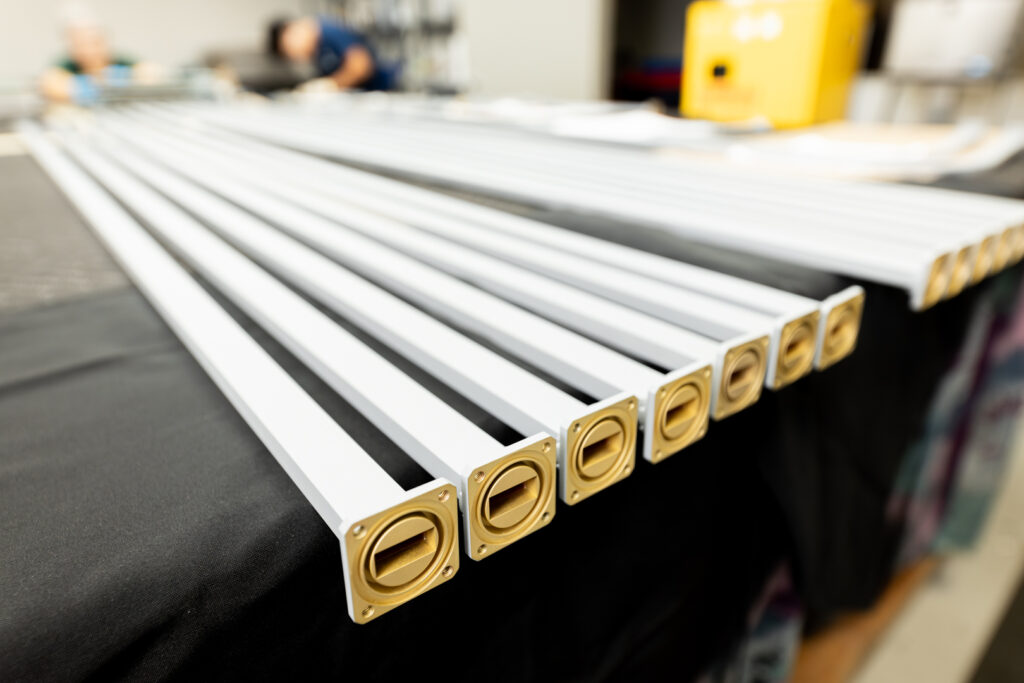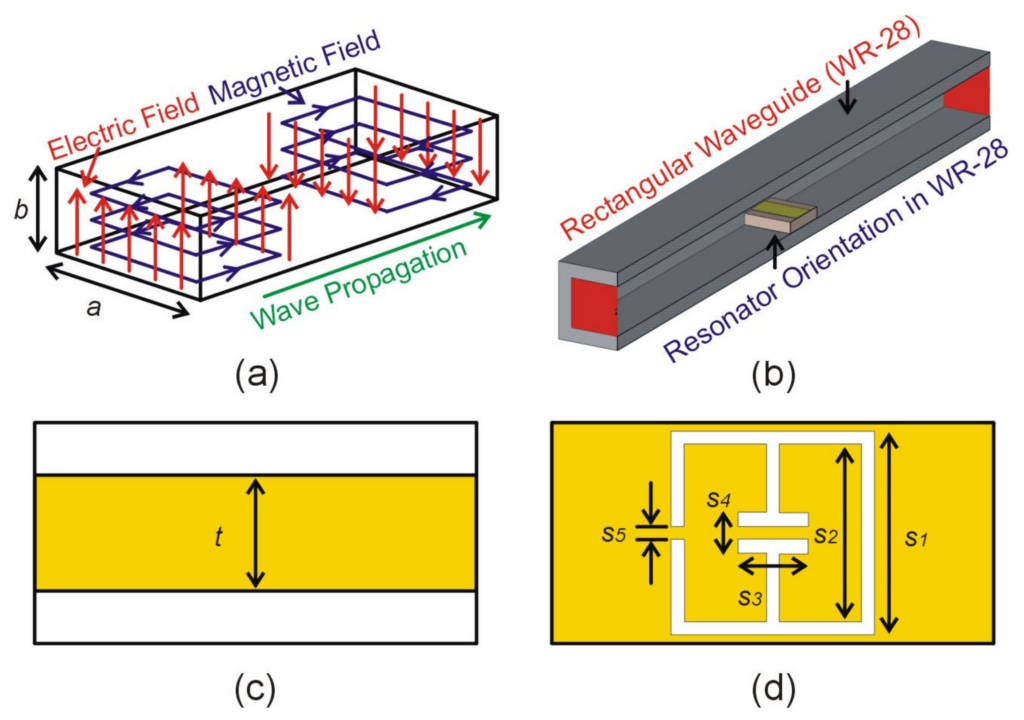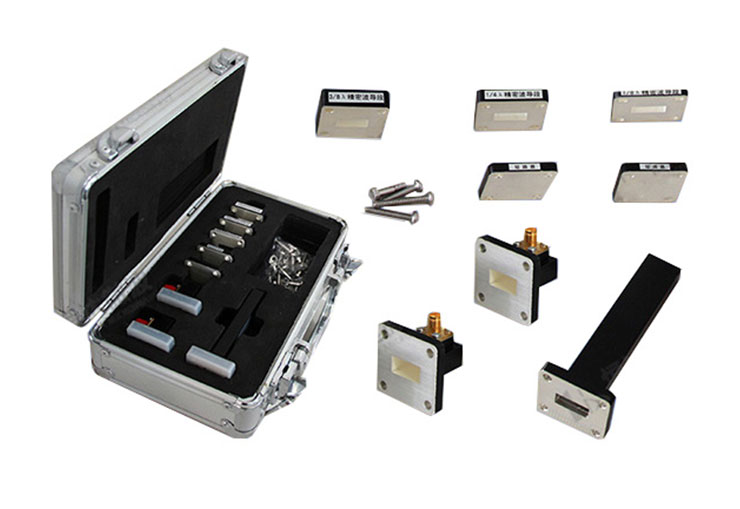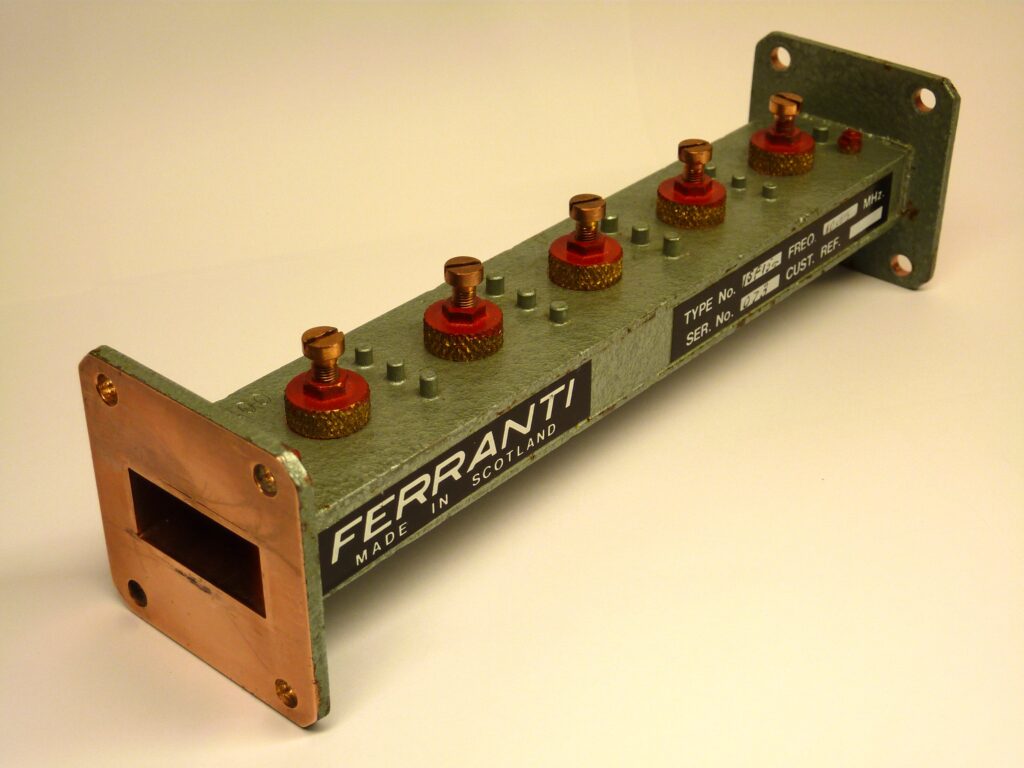How Does a Waveguide Magic Tee Function
A waveguide magic tee functions by splitting or combining microwave signals with minimal loss. It features four ports: two collinear and two side (difference) ports. Signals entering one collinear port split equally between the side ports without affecting the opposite collinear port, due to orthogonal field orientations. This enables isolation greater than 30 dB between […]
How Does a Waveguide Magic Tee Function Read More »

